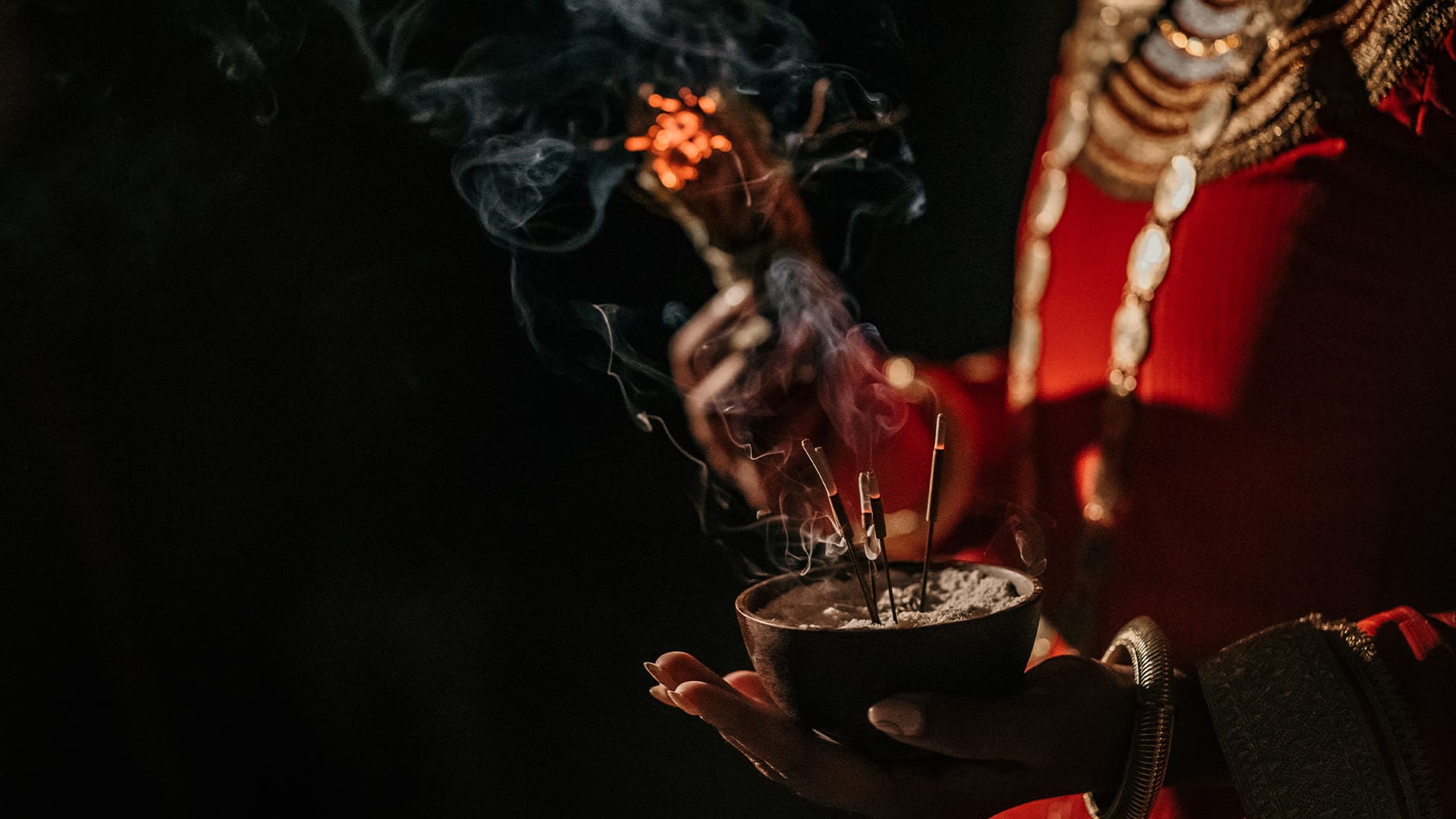


In today’s landscape, designers are presented with the task of crafting spaces that cater to a diverse and expanding demographic while delivering an exceptional and memorable experience. The trends of 2022, ranging from sustainable materials to digital workspaces, continue to influence design choices this year. Nonetheless, a few new design trends are poised to disrupt the industry and redefine the essence of hospitality design in 2023.
Sustainable design is becoming increasingly prevalent in the hospitality industry, evident in the use of sustainable materials like bamboo, repurposed wood, and recycled glass, as well as energy and water-efficient products. This emphasis on sustainability has also led to the emergence of the biophilia trend in hospitality design, which recognizes humans’ inherent need for nature and connections with other living beings. To create more natural, comfortable, and productive environments, designers are incorporating plants and greenery, organic shapes and materials, natural light, and even innovative technology, such as smart glass that can control the amount of light and heat entering a room.
Designers are using various tactics to craft these unique experiences, such as enlisting local artists to create murals or repurposing materials to create bespoke furniture. The economic benefits of local design movements are also attracting hoteliers, as it allows them to reduce costs while still providing guests with a memorable experience.
One of the latest trends in hospitality design for 2023 is to infuse guests with the authenticity of their travel destination’s local culture. This requires integrating genuine materials and details that embody the history and customs of the surrounding community. Local touches, from the stones utilized in landscaping to the textural nuances of interior walls and furnishings, can generate a truly immersive experience that heightens the guest’s sojourn.
A prime illustration of this approach can be observed in the Maldives at Oaga Art Resort. The resort provides Maldivian-inspired dining and spa experiences, in addition to various immersive activities curated by local and visiting artisans and craftsmen. As a new entrant to the Maldivian hospitality scene, Oaga Art Resort is an all-inclusive haven that derives inspiration from the Maldives’ rich history, culture, and traditions.

Modern hospitality design has shifted towards using calming, neutral colours and earthy tones, which are evident in the walls, flooring, fabrics, and furniture of many contemporary hospitality spaces. This creates a more relaxing and spacious environment that helps to reduce stress levels. By pairing rich, warm natural hues with softer neutrals, such as Pantone’s colour of the year, Viva Magenta, with Sage Green, Beige and Brown, a harmonious and laid-back atmosphere is created. The use of soft hues and earthy tones in modern hospitality design creates an inviting and comforting ambience.
The number of digital nomads worldwide has surged to approximately 35 million in 2022, with an astounding 49% increase in growth between 2019 and 2020. This trend is expected to continue in 2023, as remote and digital workers replace traditional short-term business and conference travellers, thus impacting hospitality design. To cater to this growing market of digital natives, hospitality operators can use strategic design to encourage them to stay longer and spend more during their stay. Simple design upgrades such as separate work and sleeping areas in rooms, increased wardrobe space, and flexible suites and adjoining rooms that can be converted into private offices, fitness rooms, or lounges, along with comfortable coworking spaces and upgraded communal areas, are effective ways for hotel operators to better cater to the needs of the digital nomad market.
Feature Photo: Patina Maldives, Fari Islands